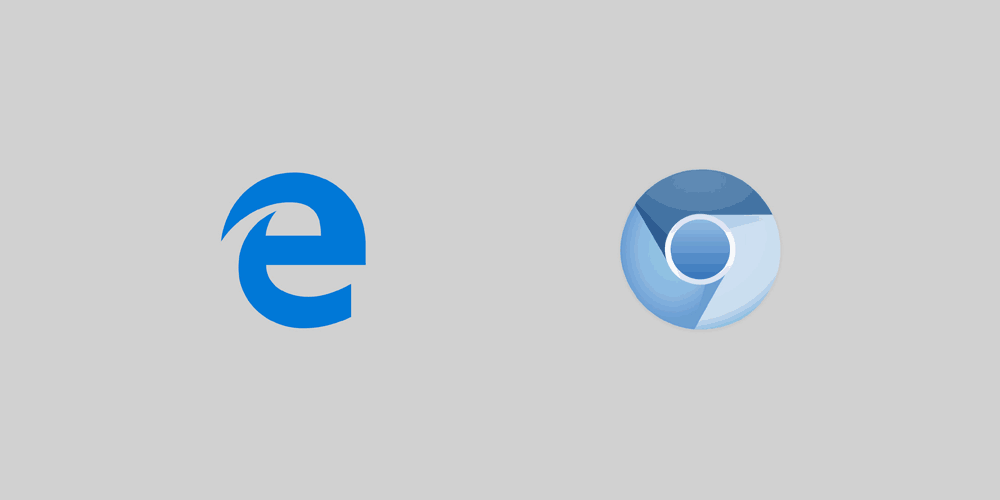
Nothing lasts forever. And here, the proprietary browser engine EdgeHTML from Microsoft is seeing the end of its life.
It was back in those days when the internet was young, and Microsoft practically ruled the browser industry with its Internet Explorer. But fast forward to the modern days of the internet, the company is struggling to keep up. And here, it has decided to give up.
At least in this category.
Rather than continuing the development of EdgeHTML, the tech giant adopts Chromium project, the open-source software that competitor Google's Chrome browser is built on.
It started as rumors when Microsoft was doing sweeping changes to the components of Windows 10. The company said that it was going to rebuilt its Microsoft Edge browser from the group up, to exclude its proprietary EdgeHTML rendering engine.
Microsoft is doing this because it experienced series of mishaps, which finally makes the company realize that convincing users to use Edge as a worthy alternative to Chrome is futile.
Microsoft's efforts failed because of so many reasons, most notably:
- Edge was not able to compete, even in Windows 10 platform.
- Edge simply cannot compete on platforms other than Windows.
- Windows auto-update didn't really appeal users, the same goes with Edge's upgrade mechanism which make things even worse.

First released as an experimental option in Internet Explorer 11, EdgeHTML was initially part of Windows 10 Technical Preview build 9879. It was a fork of Trident, in which Microsoft removed all legacy codes which powered Internet Explorer, and rewritten most of the source code to comply with the web standards and interoperability with other modern browsers.
The proprietary browser engine was designed to allow developers to easily add web browsing functionalities to applications.
Google has Chromium, and Mozilla has what it calls the Gecko Quantum. Edge that was powered by EdgeHTML did gave some quirks that made it more power efficient and relatively safer. But those didn't give the browser the users it needs to thrive.
According to StatCounter, Edge only has 4 percent of the desktop market share, while Google Chrome is enjoying a massive 72.38 percent. Following closely behind, is Firefox, and Apple's very own Safari browser
Knowing that EdgeHTML has no competing advantage in making its Edge browser more widely spread, Microsoft submitted to the Chromium project to add support for Windows 10 on ARM.
Microsoft aims to continue the Edge brand. But by using Chromium, Microsoft won't be experiencing major difficulties in tweaking its rendering engine to deal with most websites that were built and tested exclusively for Chrome, for example.
But the biggest selling point of the new browser for Microsoft will be privacy.
By using Chromium, Microsoft can build a browser that is a 100 percent compatible with Chrome, but without the needs to sign in to Google's services. In the modern world where Google and Facebook are dominating the internet ecosystem, Microsoft can be a big player that doesn't reside on any of those two.
It is hard to see much of a downside to Microsoft ditching EdgeHTML in favor of Chromium, aside from a wounded pride.
Even if Microsoft's strategy in using Chromium still won't help its browser's share to increase substantially, the move is still a good news for the web at large.